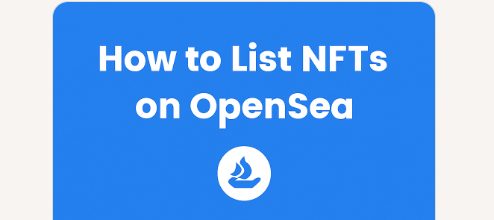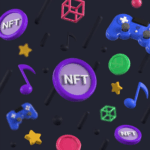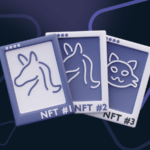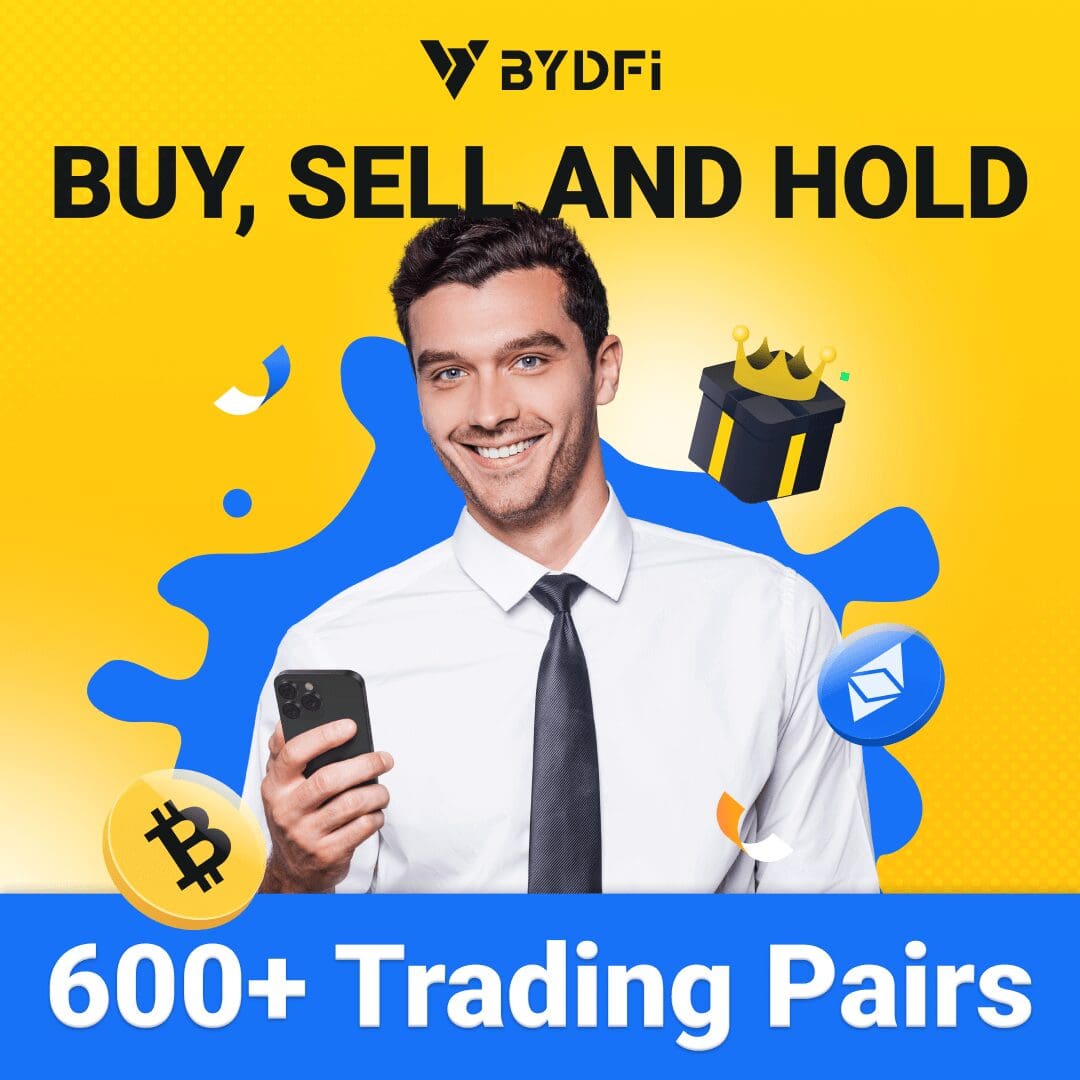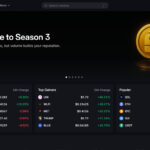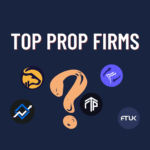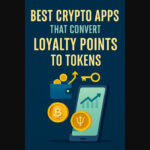At OpenSea, every creator and collector can exhibit, sell, and exchange their digital assets on the biggest NFT marketplace in the world. Connecting your crypto wallet, setting your price, and listing your NFT for the world to see can be done in mere moments.
Whether this is your first time creating art, or you’re a seasoned collector, having a clear understanding of the listing process NFT will give you a seamless listing experience and will increase your chances of having a profitable return.
What Is OpenSea?
OpenSea is the world’s largest decentralized marketplace for buying, selling, and trading non-fungible tokens (NFTs). It allows users to list digital assets such as art, music, collectibles, domain names, and virtual land on the blockchain.
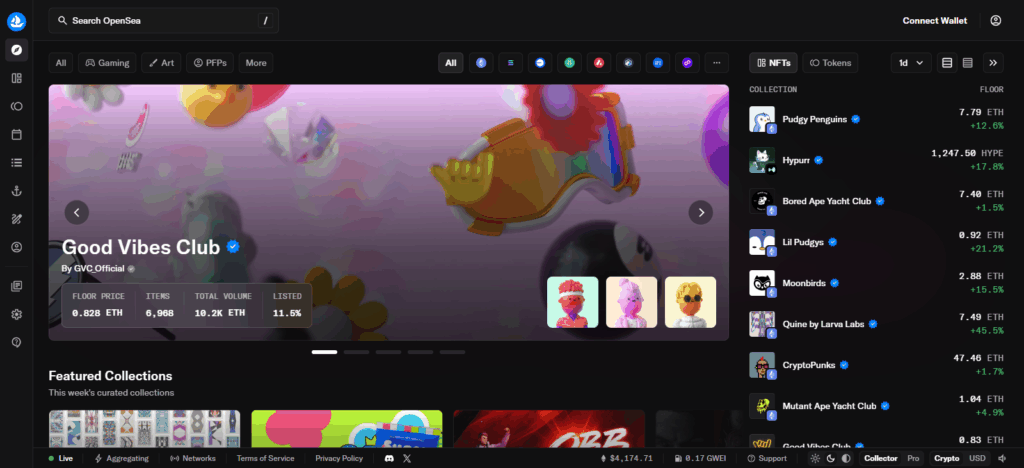
Built primarily on Ethereum, OpenSea supports multiple networks like Polygon and Klaytn, offering creators and collectors an easy, secure, and transparent platform to trade NFTs globally without intermediaries.
How to List NFTs on OpenSea?
Access OpenSea while ensuring you are logged into your wallet. From your OpenSea profile, select the NFT you intend to sell.
To start the listing process on the OpenSea marketplace, click on the blue “Sell” button, which is located on the top right corner of the NFT’s page.
Fill in the desired price to set how much you are asking for, as well as the duration for how long you would like it to be listed.
After you fill in the necessary fields, you will click on “Complete listing”, then confirm the transaction in your connected wallet to finish the NFT listing process.
To sell the NFT, you will need to confirm ownership on the NFT, as well on its contract address. its token ID might also be necessary for tracking or verification.
Importance of listing NFTs for creators and collectors.
For both collectors and creators, using OpenSea is extremely valuable in the digital economy. For creators, it provides the opportunity to showcase, profit from, and receive international acclaim for their digital art, music, or collectibles.
OpenSea uses blockchain technology to verify ownership, and it allows creators to earn royalties from secondary sales.
For collectors, OpenSea allows collectors to streamline the management, trading, and displaying of their NFT collections which provides security in a decentralized system.
OpenSea increases the liquidity of digital assets and provides collectors with exposure to a global network of buyers and investors.
What users need before listing (wallet, NFT, and funds for gas fees).
Before starting the process of listing on OpenSea, users must have the following items ready:
Crypto Wallet. Users must have a compatible wallet, such as MetaMask or Coinbase Wallet. This is required to log in to OpenSea. The account will also host your NFTs and facilitate your transactions.
NFT Ownership. You must have minted or own the NFT to be listed. Only the wallet linked to the NFT is ALLOWED to process the listing on OpenSea.
Gas Fee Funding. If you are on the Ethereum network you will need to have some ETH on your account to pay gas fees during the approval and listing processes. If you are on Polygon, listing will be gas free and therefore will be less expensive.
These are the three required items—crypto wallet, NFT gas fees—that will allow users to list their NFTs on OpenSea without complications.
Tips for Successful NFT Listings
Use High Quality Visuals
Capturing a users attention is key. Upload clear, high resolution images or videos so buyers notice your NFT on the market.
Write a Detailed Description
While a picture is worth a thousand words, so is a description. Include the story behind your NFT, inspiration, and any traits that make your NFT unique. Detailed articulations and intend descriptions builds trust, and ultimately buyers confidence.
Set a Realistic Price
Value your NFT according to market research. Sellers should keep a bottomless price range to reduce the time to sell, and attract the price baggers.
Leverage Social Media Promotion
Entice buyers by advertising your NFT on X (Twitter), Discord Communities, or Instagram. Broaden your reach, while employing your target promotion strategies.
Use the Most Optimal Blockchain
Use Polygon to create gasless listings or use Ethereum to reach primary NFT buyers. Break even on your choice and your audience.
Royalties
Save a percentage of resale on NFTs to create passive revenue. Engage long term with your collectors to keep them as clientele.
Community Involvement
Activity in NFT groups and collaborations lower the entrance perceived as final buyers in relation to a credibility framework.
Metadata and Tags
Use traits and keywords that define your NFT. OpenSea will use your created meta, to find your NFT, and provide buyers with smart suggestions.
Common Issues and Troubleshooting
NFT is Not Showing on Your Profile:
Reason: Your wallet is not synced or the NFT is minted on a different network.
Solution: To refresh the metadata, change to the respective chain (e.g. Ethereum or Polygon) and then relink your wallet.
Problems with your Wallet Connection:
Reason: Issues with your browser extension or the wallet version is out of date.
Solution: Clear the browser cache, update the wallet App (MetaMask), or attempt to connect via another supported browser.
Gas Fee Issues or They Are Too High:
Reason: Gas Ethereum network is congested.
Solution: Wait for a less congested time or use Polygon to create and list your NFTs as it has no gas fees.
Your Transaction is Pending or Fails:
Reason: Network delay or a low gas limit.
Solution: Go to your wallet and speed up the transaction by raising the gas fee or cancel the transaction and retry the whole process.
Your NFT is Listed but Not Showing on the Marketplace:
Reason: The blockchain confirmation is delayed or the listing is incomplete.
Solution: Go to the activity tab of your wallet and make sure the transaction has gone through and then refresh your OpenSea listing page.
Pros & Cons Of list NFTs on OpenSea
Pros:
Largest NFT Marketplace: OpenSea allows NFT creators to reach potentially global audiences. This increases your chances of selling your NFTs to patrons or collectors and selling your NFTs quicker.
Easy to Use: The architecture of the marketplace is easy to use. Because of this, listing your NFTs, setting prices, and selling them can be done effortlessly even if a seller lacks experience.
Multi-Chain Support: OpenSea allows the use of Ethereum and Polygon and allows listing on gas free and high visibility versions. This gives a user a myriad of choices.
Royalties for Creators: NFT creators get paid a percentage of secondary sales whenever an NFT is sold on the secondary market.
Strong Community and Visibility: With the marketplace having a strong user base and shareability features, visibility and credibility for creators is easily attainable.
Cons:
Gas Fee Costs: Depending on the current Ethereum gas prices, minting NFTs or listing them can be deterring for some sellers, especially if the prices are high during congestion.
Overcrowded NFTs: Standing out as a new creator can be hard due to the millions of NFTs. Without marketing, no new creator will gain visibility as no marketing is offered.
Fake NFTs: OpenSea suffers from having listed unauthorized or plagiarized NFTs. This lack of oversight forces buyers and sellers to verify listed NFTs.
Reliance on Blockchains: Poor performance of a blockchain can lead to lags or failed listings due to congestion. This leads to a direct impact on a user’s experience during a transaction.
Connecting To Wallet Issues: Problems with your phone or browser might delay wallet transactions and wallet syncing.
Conclusion
The ease of listing NFTs on OpenSea opens the global marketplace to creators and collectors. All one needs to do is connect a crypto wallet, confirm NFT ownership, and set the listing price and duration. Prioritizing the details like quality images, interesting text, and choosing the right blockchain will improve listing performance.
Challenges like gas fees and technical problems arise, and while following best practices can prevent most listing issues on OpenSea, OpenSea does not provide best listing practices. The listing OpenSea provides certainly has gaps that can only be resolved from the user’s end.
FAQ
Do I need a crypto wallet to list NFTs on OpenSea?
Yes, a supported wallet like MetaMask, Coinbase Wallet, or WalletConnect is required to connect to OpenSea and manage NFT transactions.
Can I list NFTs on OpenSea for free?
Yes, using the Polygon network allows gas-free listings. Ethereum-based listings require gas fees for first-time approvals and transactions.
How do I set the price for my NFT?
You can choose a fixed price in ETH (or other supported tokens) or create a timed auction for buyers to place bids over a set duration.
Can I change the price of my NFT after listing?
Yes, you can edit the listing price or cancel the listing at any time by accessing your NFT from your OpenSea profile and updating the sale details.
How long does it take for my NFT to appear on OpenSea?
Once the transaction is confirmed on the blockchain, your NFT is immediately visible on OpenSea. Delays can occur due to network congestion or wallet issues.


